North Norfolk's Deep History Coast is a 22-mile stretch of coastline between Weybourne and Cart Gap and is steeped in millions of years’ worth of history. With wonderful beaches, ideal for fossil and artefact hunting and a fascinating Discovery Trail, with fact revealing Discovery Points along the way, there is a lot to discover. There is a free downloadable Deep History Coast App to bring the trail to life linking with the Discovery Points along the way with information and interactive activities.
Through the app, you’ll be able to see the past come back to life and find out what life in Doggerland was like through the eyes of a hominin family, watch animals from 800,000 years ago roam the land and find out the names of any fossils you may find. Discovery Points are located at each of the main villages and towns. Here we focus on Sheringham.
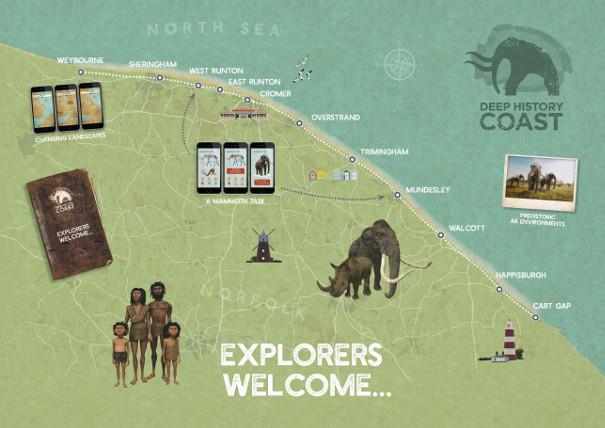
ABOUT SHERINGHAM
The seaside town of Sheringham on the Deep History Coast is a true delight with its Blue Flag beach, charming town and pretty promenade. From the colourful murals painted on the sea defences telling the story of this fishing town’s history, to its museums and galleries, as well as places to eat and drink, it would be hard not to find something to keep all the family entertained.
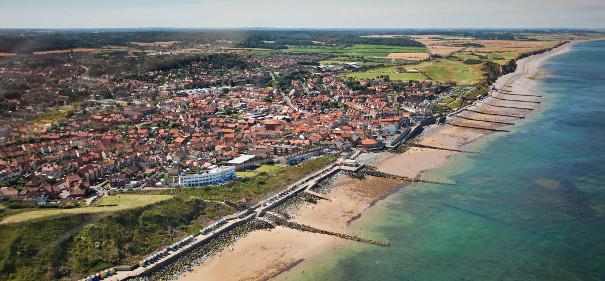
EARLY HISTORY
The town’s name is Scandinavian and means ‘The Ham of Scira’s people’. Vikings first settled in Sheringham in 900AD and it is thought that Scira may have been a Viking warlord. This history is celebrated with the annual Viking Festival (15 – 22 February 2020).
Sheringham was once an old fishing village and you can find out about that heritage at The Mo (Sheringham Museum), which tells the story of the town’s fishing and life-saving past at sea and gives a great view along the coast from its glass tower.
In Victorian times, visitors came to the town for fresh sea air aboard the then newly-opened railway, turning the town into the bustling seaside resort which is still evident today with visitors enjoying the Deep History Coast and Blue Flag beach.
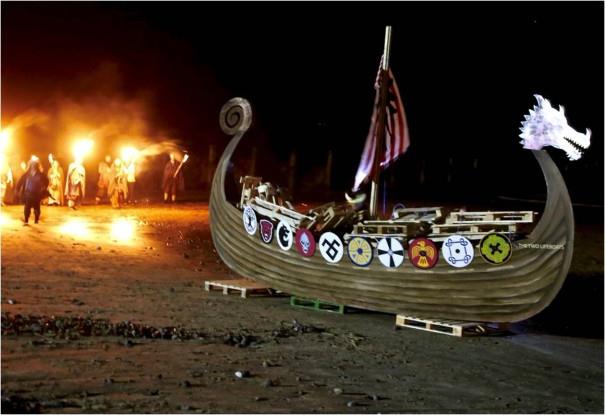
DEEP HISTORY
Sheringham actually sits in a dip of the Cromer Ridge, an eight-mile long tideline of sands and gravels left 450,000 years ago when massive glaciers retreated East and the North Sea flooded in.
Just offshore, between Sheringham and Cromer, is the largest chalk reef in Europe and the longest in the world. At more than 20 miles long, it lies in the shallows, just 25ft from the surface and is part of a chalk stream that reaches as far as the white cliffs of Dover and the White Horse Hill Carvings in Wiltshire. Formed during the Ice Age, the reef was created by a vast number of compressed pre-historic fossilised plankton. It is an ideal breeding and feeding ground for the famous Sheringham lobster and Cromer crab, and helps to give them a unique sweet taste.
Dubbed ‘Britain’s Great Barrier Reef’ the Cromer Shoals Chalk Bed, a Marine Conservation Zone, has one of the most diverse and spectacular arrays of sea life around Britain, including sponges, burrowing piddocks, sea squirts, anemones, starfish, brittlestars and fish including shoaling horse mackerel and bass. You can see the reef by swimming out (follow safe swimming guidelines) and snorkelling to just below the surface where you can see gullies and arches with miles of smooth white chalk, polished by the rocks, sand and gravel, ideal for exploring.
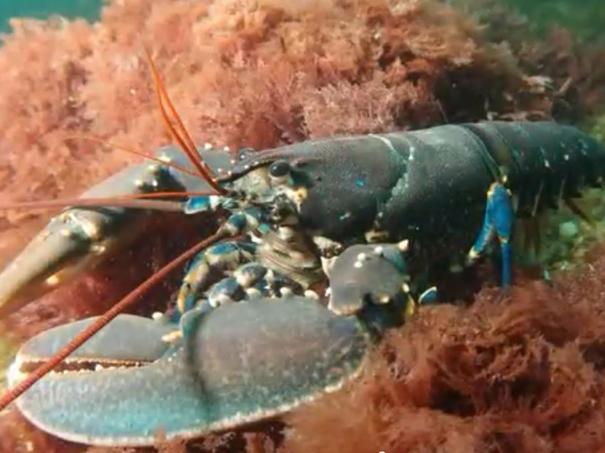
The town’s latest addition of the Deep History Coast Discovery Point takes visitors and residents way back in history to the days when Hominins inhabited the area, living alongside mammoths, rhinos and hyenas; depicted in a mural on the water tank building on the promenade by The Mo. Using the app at the Sheringham Discovery Point enables you to take a step back in time and find out about the area from a Hominin family as they guide you through augmented reality. You can see how the area was once linked to the European mainland and play games to discover more about deep history.
If you follow the Deep History Coast Trail, the route follows the wide promenade east of the town and along a path with steps up to Beeston Bump (also known as Beeston Hill). This is called a kame, which is when sand and gravel are left behind when the glaciers retreated. It’s worth the climb as the hill gives great views along the coastline and the chance to see how storms and rising seas are affecting the cliffs, but don’t get too close to the edge!
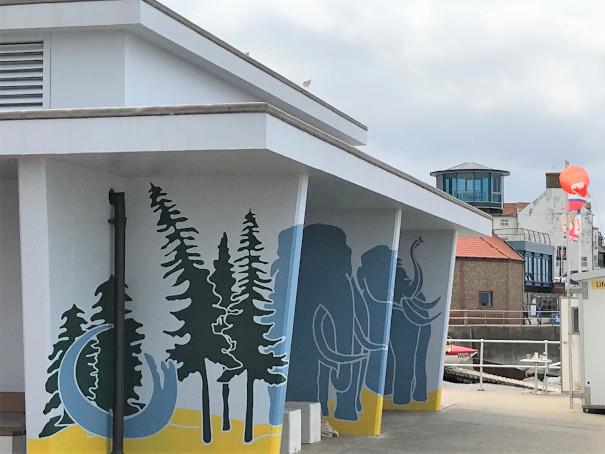
THINGS TO DO IN SHERINGHAM
There are plenty of pubs, cafes, tea rooms to enjoy locally sourced food, ice creams and of course, fish and chips. Sheringham Little Theatre is an intimate and welcoming arts venue packed with entertainment for all tastes and ages and there is a steam railway which runs from Sheringham to Holt.
In the centre, is the town clock, built on the site of an 1862 water well. A market is held on Saturdays throughout the year and Wednesdays from April to November.
Sheringham has many carnivals and festivals all year round including the famous Crab & Lobster Festival and Sheringham Carnival. There is also a Steam Gala in the Autumn, celebrating the heritage North Norfolk Railway. Nearby is the National Trust’s Sheringham Park, with miles of hilly countryside covered with gorse and purple heather and offers fantastic sea views.
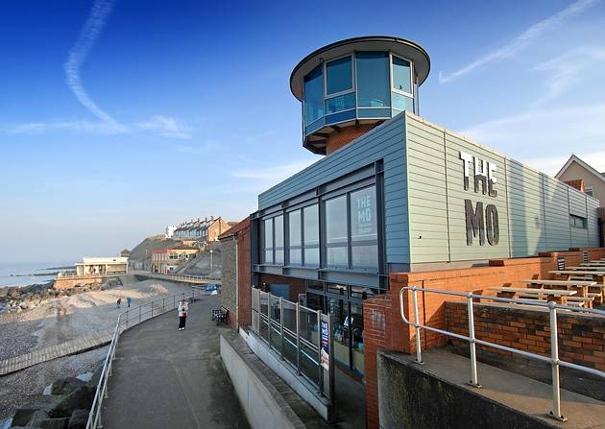
Related
Comments
Comments are disabled for this post.






